Taking place nearly half a century ago, the Great Cultural Revolution of China lasted for 10 years (1966 - 1976) and has always been of interest to researchers around the world . This was a tragic and chaotic historical period (the decade of turmoil), leaving behind wounds that are difficult to heal for China. Vietnamese readers have had an idea of the neighboring country during this period through famous Chinese literary works translated into Vietnamese such as: Living and dying in Shanghai by Trinh Niem, Brothers by Du Hoa , Half a man is a woman by Truong Hien Luong...
 |
Studying this historical period, Chinese scholars and researchers around the world are tirelessly searching for answers to questions that ordinary people cannot understand. Why was China, with nearly 1 billion people, in a state of delirium for 10 years, only concerned with organizing criticism, rebellion, writing large-character newspapers, and sending intellectuals to the countryside? How did this political movement have such a huge impact on the socialist bloc?
Ho Chi Minh City Publishing House has just republished the book series Ten Years of China's Great Cultural Revolution by a group of Chinese researchers: Li Yong, Wen Lequn and He Ruiting. The massive book series with nearly 2,500 pages is divided into 4 volumes for readers to follow: Volume 1 - Those with merit were harmed; Volume 2 - Those who were promoted; Volume 3 - Commentaries on the Cultural Revolution; Volume 4 - Writings about those who were victims of the Cultural Revolution.
This book series was researched by the group based on the foundation of the "Resolution on some historical issues in the Party since the founding of the country to the present" of the 6th Central Conference, 11th Communist Party of China, June 1981. This is an official document of the Communist Party of China that deeply recognizes, evaluates and summarizes the lesson of the "Great Cultural Revolution", thereby preventing the risk of the "Great Cultural Revolution" reappearing in society in any scope.
The book analyzes in turn the arguments that Mao Zedong relied on to launch the great cultural revolution, the plots of the Lin Biao group, the plots of the Gang of Four, the role of Jiang Qing, etc. The book also publishes the profiles of a series of revolutionary leaders who were criticized, persecuted, and many committed suicide by the young Red Guard generals whose mouths were still wet with milk. The research pages help us understand the truth of the movements that we have only heard of until now: "Criticizing Lin, criticizing Confucius", "rebellion, usurping power", "firing artillery at the headquarters"... of a chaotic time, when all values were turned upside down.
History has passed nearly half a century, but studying the Great Cultural Revolution more calmly because of the distance of time is still very attractive and worth reading.
MERCURY
Source













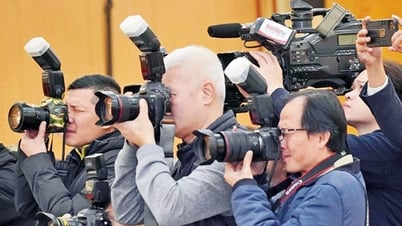










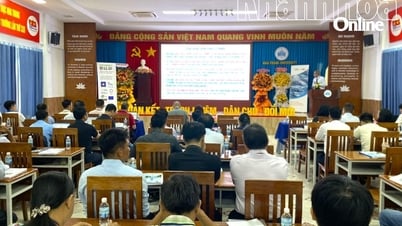
























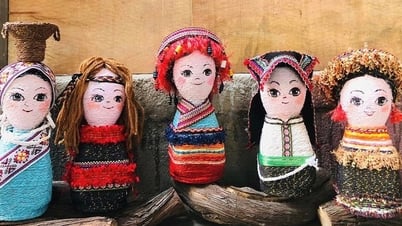





![[Maritime News] Wan Hai Lines invests $150 million to buy 48,000 containers](https://vphoto.vietnam.vn/thumb/402x226/vietnam/resource/IMAGE/2025/6/20/c945a62aff624b4bb5c25e67e9bcc1cb)














![[Infographic] Party Committee of the Ministry of Culture, Sports and Tourism: Marks of the 2020 - 2025 term](https://vphoto.vietnam.vn/thumb/402x226/vietnam/resource/IMAGE/2025/6/22/058c9f95a9a54fcab13153cddc34435e)



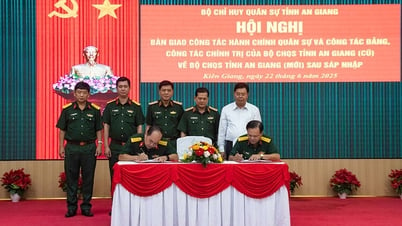


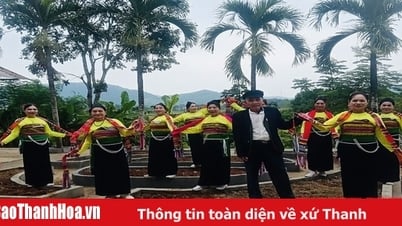



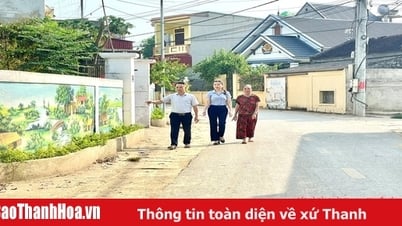











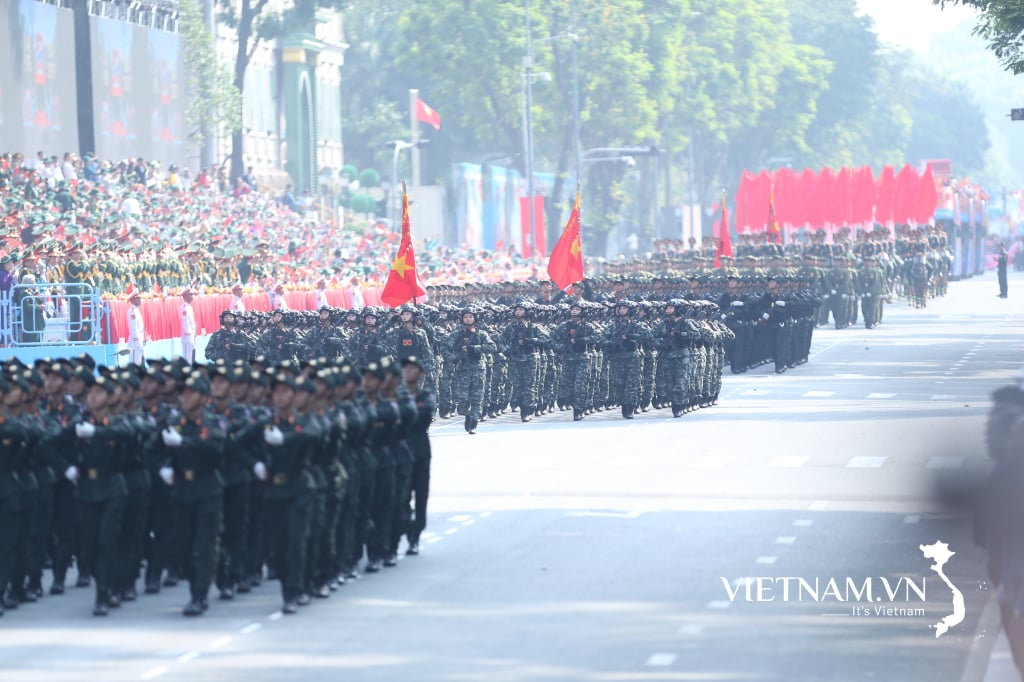

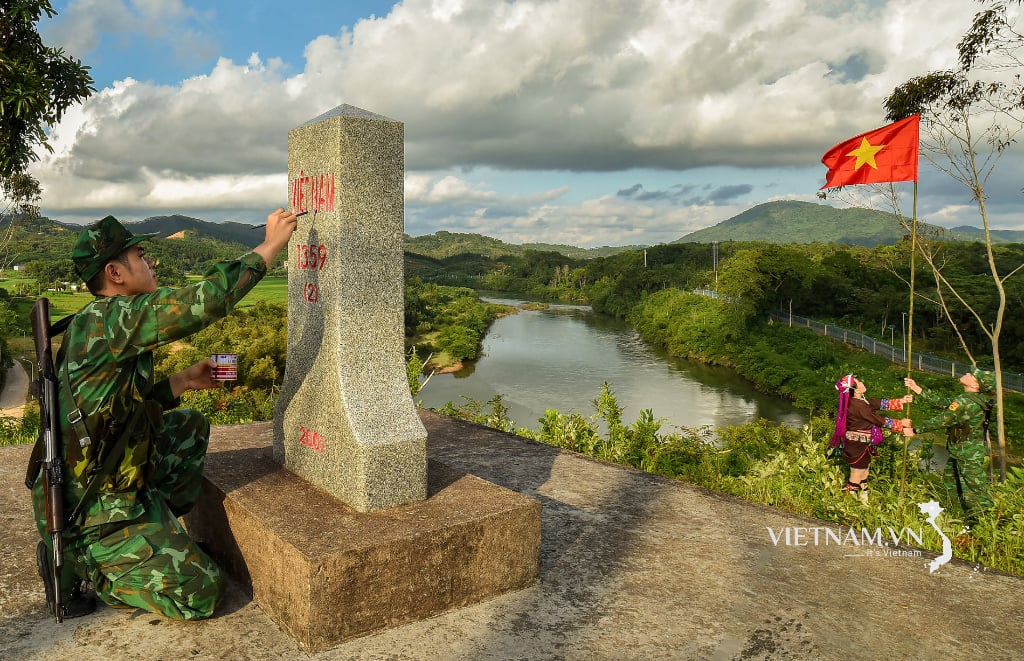

Comment (0)